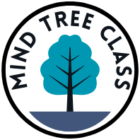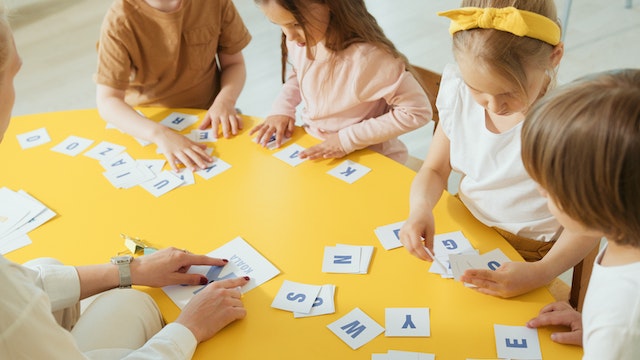Kindergarten is a class or school that prepares children, usually five- or six-year-olds, for the first year of school. It is a preparation stage for schooling. The kindergarten academic structure includes playing, singing, drawing, and practical activities. Teachers use a lot of hands-on activities and printable resources in the kindergarten classroom. For example, these no-prep tracing worksheets are great for improving fine motor skills, or these alphabet coloring pages are superb for keeping the kids busy for a long time!
Will the importance of kindergarten reduce with time passing by? Not! With the number of working parents increasing, the importance of preschool is unavoidable. In the United States, in 1970, only 21% of three-year-olds and four-year-olds attended kindergarten, this increased to 52% in 2000, and the growth continues. The government’s investment in early childhood education increased, and many public preschools opened.
What are hands-on activities?
Hands-on activities, in general, mean learning by experience. Kids haven’t got any interest in learning by sitting in the boring classroom as they are just too small. The first step in the learning process is to generate interest in kids. Interest in learning is essential for academic performance. Various hands-on activities are excellent for developing a keen interest in studying in the small children. It is fun and easy to learn shapes, letters, and numbers in a hands-on way!
Hands-on activities help kids learn by doing something interesting. The learning process happens through actions. Some simple examples are building blocks, drawing, magnetic letters, coloring, singing with clapping, using playdough, playing board games, etc. Do you notice the kindergarten’s walls are painted in colorful paint, and even the chairs and desks are colorful? Can you imagine a high school class with this many vibrant colors? So the painting of walls in kindergarten is done to enhance the learning purpose.
Where do hands-on activities are most effective?
It’s most effective in learning mathematics. Kids are usually familiar with letters and sounds. But with numbers, they are completely amateur. Many hands-on activities can help students learn math.
One activity is to have students use manipulatives to learn basic concepts. For example, one student might use a doughnut to represent the number 2, while the second child has a set of blocks to represent the number 3.
Another activity is to have students create their math puzzles. For example, one student has a math puzzle with two pieces to put together and form a third piece. Another activity is to have students create their math games. For example, one student might create a math game with a set of numbers to add together.
The advantages of hands-on learning in the kindergarten classroom
There are many benefits of hands-on learning. Firstly, this helps build interest in studying and start the learning process smoothly.
Hands-on learning in the kindergarten:
- Develops problem-solving skills
- Strengthens the coordination between the brain and the hand
- Enhances and sparks creativity
- Improves gross and fine motor skills
- Develops the skills to work as a team
- Enhances social and socioemotional skills
- Develops communication skills
The pros of hands-on learning are endless. There are plenty of exciting educational resources for hands-on learning. Have a look at these color sorting mats or these sorting worksheets. Kids learn the best when they find it interesting to learn something new and exciting. Hands-on learning is the core method in any kindergarten classroom. Many studies show the importance of hands-on activities in early education and intervention. Teachers and parents should not make children learn but find new teaching techniques to make the little guys more interested in learning.


